Paris Agreement 1973: Opening the door to peace
Panorama of the Paris Agreement signing ceremony in 1973. Photo: Document
Uncompromising battle of wits
The great and important victories of the Vietnamese army and people in the strategic counter-attacks in the two dry seasons of 1965-1966, 1966-1967 and especially the Tet Offensive and Uprising in 1968, dealt a powerful blow, shaking the will to invade of the US imperialists. Those victories forced US President L. Johnson to order an end to the bombing of North Vietnam and accept negotiations with the Government of the Democratic Republic of Vietnam. Speaking on US Television on the evening of March 31, 1968, L. Johnson declared: “Tonight I have ordered our planes and warships to conduct no attacks against North Vietnam, except in the area north of the demilitarized zone ... It is time to begin to resume peace and I am ready to take the first step on the path of de-escalation”.
This was an unwanted “de-escalation” of the US imperialists, so to win at the negotiating table would be a very difficult and mind-boggling battle. Therefore, in order to have strategies suitable to the actual conditions, President Ho Chi Minh and the Party Central Committee clearly defined the policy, first of all, it was necessary to force the US imperialists to completely stop bombing the North, then continue to discuss other issues. After establishing the Negotiation Delegation representing the Government of the Democratic Republic of Vietnam to attend the Paris Conference, President Ho Chi Minh arranged many meetings, talked and instructed the members of the delegation, especially Comrade Xuan Thuy, Head of the Negotiation Delegation. He said: “Negotiations with the US must be cautious and persistent, steadfast but clever, must closely monitor the domestic situation, especially the war situation, take advantage of public opinion of the world people, the French people and overseas Vietnamese”.
On May 13, 1968, the first meeting between the Democratic Republic of Vietnam Delegation and the US Government Delegation opened at the Kleber International Conference Center, Paris. By the end of 1968, in the face of the victories on the domestic military front, along with the diplomatic results of the Democratic Republic of Vietnam Delegation, the US Government was forced to accept an unconditional end to the bombing and all other acts of war in the North. At the same time, in the face of our determination, the US Government had to accept opening the conference from two parties to four parties, including the Democratic Republic of Vietnam Delegation, the National Liberation Front of South Vietnam Delegation, the US Government Delegation and the Republic of Vietnam Delegation. On January 25, 1969, the plenary session of the four-party conference on Vietnam was opened at the Kleber International Conference Center, Paris. On June 6, 1969, the Provisional Revolutionary Government of the Republic of South Vietnam was born. The delegation of the National Liberation Front of South Vietnam at the Paris Conference was transformed into the delegation of the Provisional Revolutionary Government of the Republic of South Vietnam.
It can be said that in the years 1969-1971, the Paris Conference on Vietnam was in fact a struggle to express each side's stance and viewpoint before world public opinion without entering into substantive negotiations. From the "10-point comprehensive solution", "3-point declaration", "9-point initiative" to "7-point initiative", the two delegations of the Democratic Republic of Vietnam and the Provisional Revolutionary Government of the Republic of South Vietnam always maintained their stance: the US troops must withdraw from Vietnam unconditionally and must replace the Nguyen Van Thieu government; to let the people of the South decide for themselves their own political future. Those were also the provisions of the Geneva Agreement that had not been implemented. On the contrary, the US demanded a parallel withdrawal of troops, the US troops withdrew at the same time as the North Vietnamese army from South Vietnam. Regarding political issues, the view of US President R. Nixon (who replaced L. Johnson in 1969) was that "the United States will continue to recognize the Government of the Republic of Vietnam as the sole legitimate government of South Vietnam".
To resolve the deadlock, as well as create position and strength for the Vietnamese delegations at the negotiating table, the Resolution of the 20th Conference of the Party Central Committee, Term III, stated: "1972 is an extremely important year in the struggle between us and the enemy on all three military, political and diplomatic fronts". Therefore, the Politburo decided to launch the Spring - Summer Campaign 1972 throughout the South, in three key battlefields: Tri Thien - Hue, the Northern Central Highlands, and the Southeast. The victories from the military front consolidated Vietnam's advantage at the Paris negotiating table, contributing to bringing the negotiations into the substantive negotiation stage.
The pinnacle of Vietnamese diplomacy
Implementing the policy of the Central Committee and the Politburo, at a consecutive meeting on October 8, 9 and 10, 1972, Special Advisor Le Duc Tho handed over to H. Kissinger (US National Security Advisor) the draft Agreement on ending the war and restoring peace in Vietnam and the draft Agreement on the principles for implementing the right of self-determination of the people of South Vietnam.
In the draft Agreement, Vietnam temporarily put aside many internal political issues in the South, such as temporarily putting aside the request to abolish the Saigon government and remove Thieu, temporarily putting aside the discussion of elections and the constitution... Furthermore, the Southern issue will be resolved in two steps: step 1, definitively resolving a number of principles on military and political issues; step 2, the two southern sides will resolve specific internal military and political issues in the South. This is our proactive, flexible, and creative diplomatic attack to realize President Ho Chi Minh's strategic direction: "Fight to make the Americans leave, fight to make the puppets fall".
After several meetings to resolve minor disagreements, the two sides reached an agreement on the timetable for signing the Agreement, scheduled for October 31, 1972. In the Note that the US side sent to the Prime Minister of the Democratic Republic of Vietnam (October 20, 1972), it also affirmed: "Immediately after receiving the confirmations, the Democratic Republic of Vietnam can believe that the US side will proceed according to the above proposed timetable". However, reality has shown that "believing" the US commitment was wrong. Because, when Nguyen Van Thieu strongly opposed the terms of the Agreement, the US had a reneging attitude. Not only did they establish an air bridge, massively supplying weapons and war equipment to the Saigon government and army; the US side also stubbornly demanded to amend most of the chapters in the Agreement. And the "peak" of the betrayal and treachery was the strategic B52 attack plan on Hanoi, Hai Phong and many northern provinces/cities (Linebaker II Plan), for 12 days and nights (from December 18-30, 1972).
The American authorities hoped that this crazy and brutal act would not only once again demonstrate the US military power and reassure the Saigon government; but also “shape” the Vietnamese side and force Vietnam to make concessions to the US at the negotiating table. However, contrary to expectations, the resounding victory of our army and people with the “Dien Bien Phu in the air” battle caused the US imperialists to continue to suffer defeat and heavy pressure both militarily and politically on the Vietnam battlefield.
On December 30, 1972, President Nixon announced a halt to bombing the Democratic Republic of Vietnam from the 20th parallel and proposed that we reconvene the Paris Conference. On January 27, 1973, in Paris, the Minister of Foreign Affairs of the Democratic Republic of Vietnam, the Minister of Foreign Affairs of the Provisional Revolutionary Government of the Republic of South Vietnam, the Minister of Foreign Affairs of the United States Government, and the Minister of Foreign Affairs of the Republic of Vietnam Government officially signed the Agreement on Ending the War and Restoring Peace in Vietnam.
The Agreement clearly stated that the United States and other countries pledged to respect the independence, sovereignty, unity, and territorial integrity of Vietnam. The United States ended its war of aggression, ended its military involvement and interference in the internal affairs of South Vietnam; respected the right to self-determination and guaranteed the freedoms and democracy of the people of South Vietnam. The people of South Vietnam decided their own political future through truly free and democratic general elections. The unification of Vietnam would be carried out step by step by peaceful means... On January 28, 1973, the Agreement came into effect. On March 29, 1973, the US Military Command in Saigon held a flag-lowering ceremony, ending the presence of US troops in South Vietnam.
The Paris Agreement is considered the pinnacle of Vietnamese diplomacy in the Ho Chi Minh era. Throughout the negotiation process, our two diplomatic delegations skillfully and flexibly applied President Ho Chi Minh's principle of "Remaining constant, responding to all changes". Based on the unchanging principle of "independence, sovereignty" and "territorial integrity", we steadfastly fought to demand that the US end its war of aggression, unconditionally withdraw its troops from South Vietnam, and end its war of destruction in the North. However, we also flexibly accepted the existence of two governments and two military forces in South Vietnam, to gradually defeat the US imperialists' plot of invasion.
The Paris Agreement is also a pinnacle of the art of “fighting while negotiating” according to President Ho Chi Minh’s viewpoint. The Paris Conference was not only a normal diplomatic negotiation, but also a propaganda front for the just struggle of the Vietnamese people. At the same time, it was a place to confirm and promote the results of the armed and political struggles on the battlefield of South Vietnam. From there, it gradually created a position and force, forcing the United States with its powerful economic and defense potential to “convince” and sign the Agreement to end the unjust war in Vietnam.
It can be affirmed that with the signing of the Paris Agreement, our army and people in both the North and the South have successfully fulfilled President Ho Chi Minh's strategic direction, which was "Fight to drive the Americans out" to bring our nation's resistance war to the stage of "Fight to overthrow the puppet regime".
Khoi Nguyen
Source: https://baothanhhoa.vn/hiep-dinh-pari-1973-mo-canh-cua-hoa-binh-246598.htm


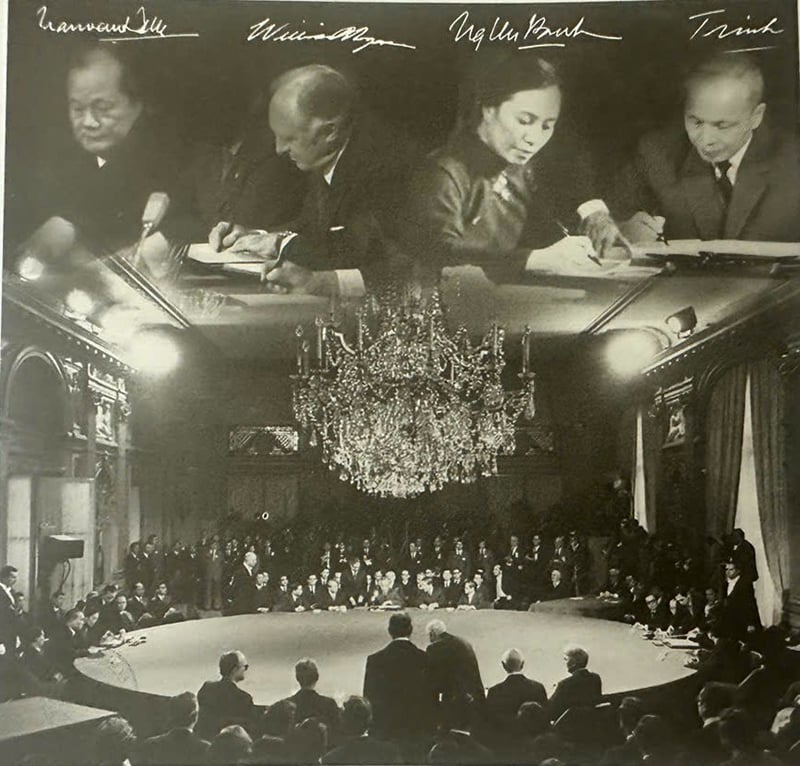
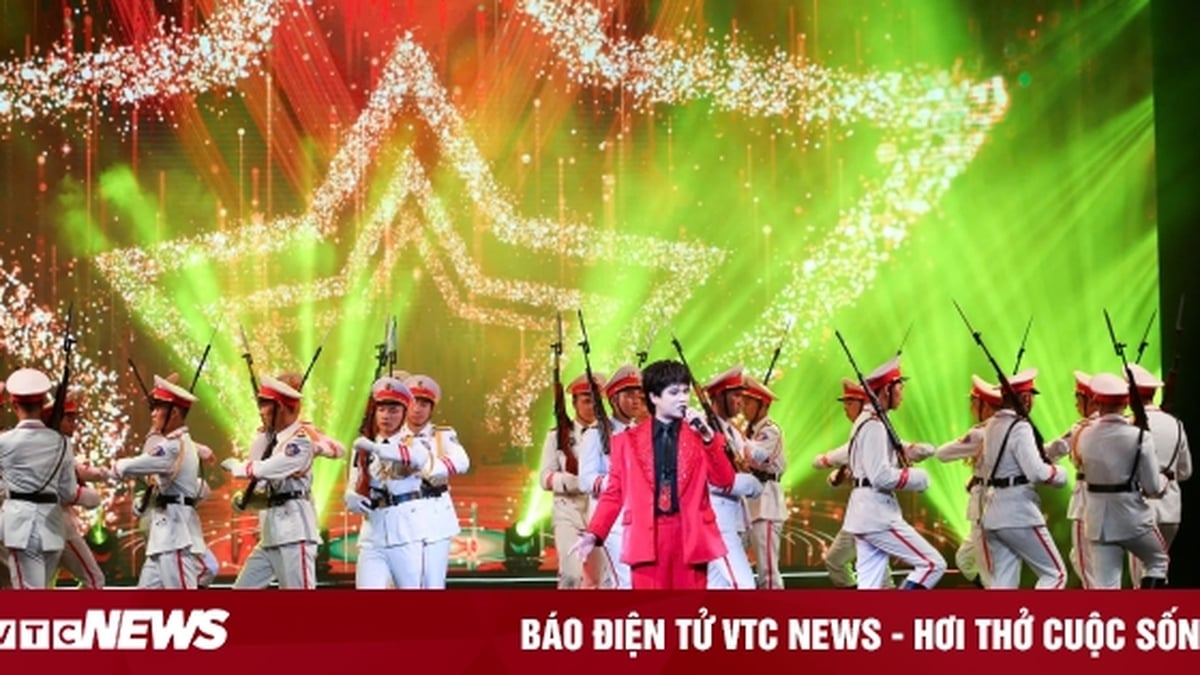
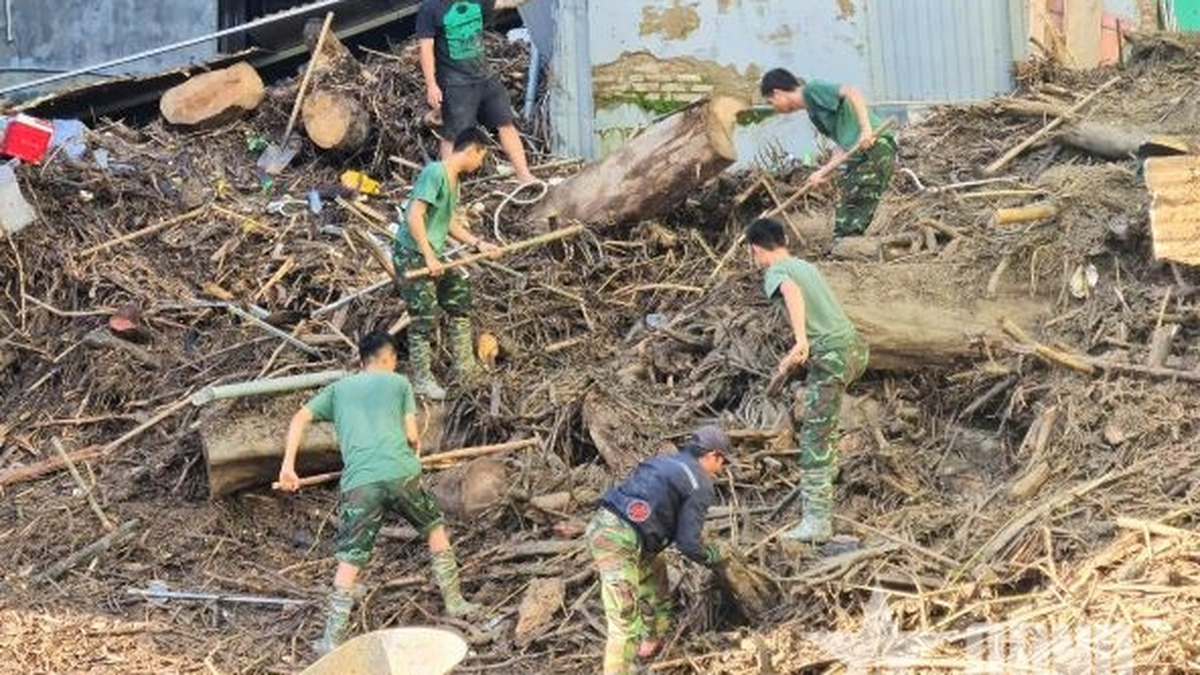

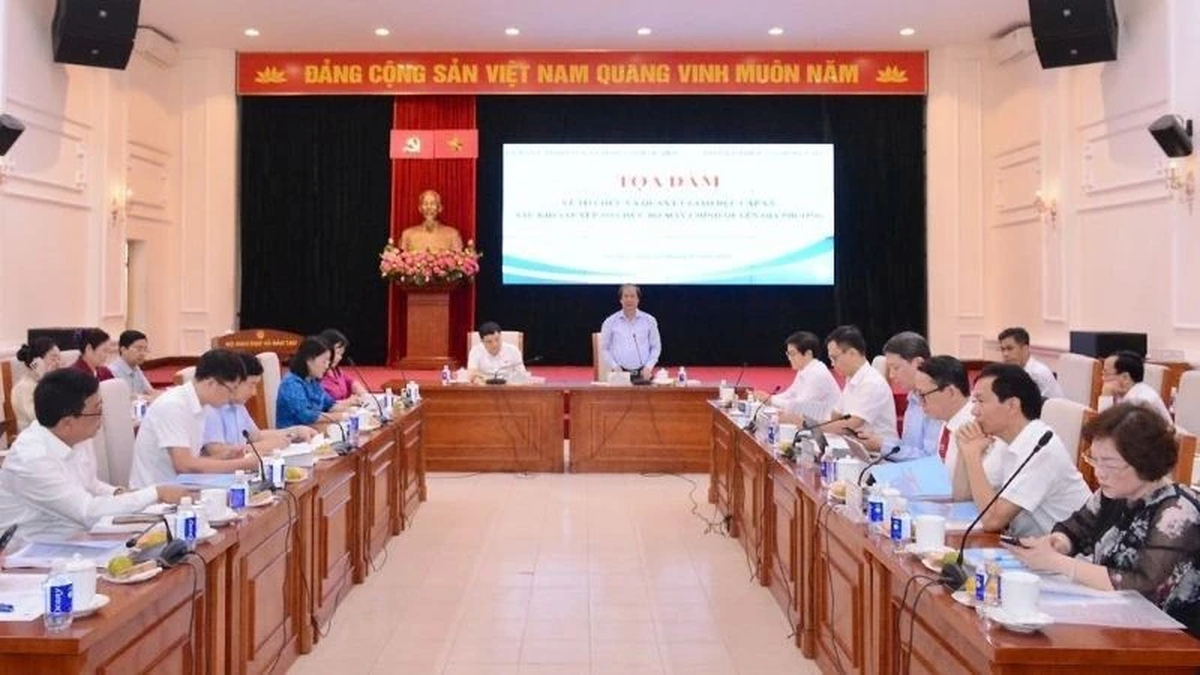
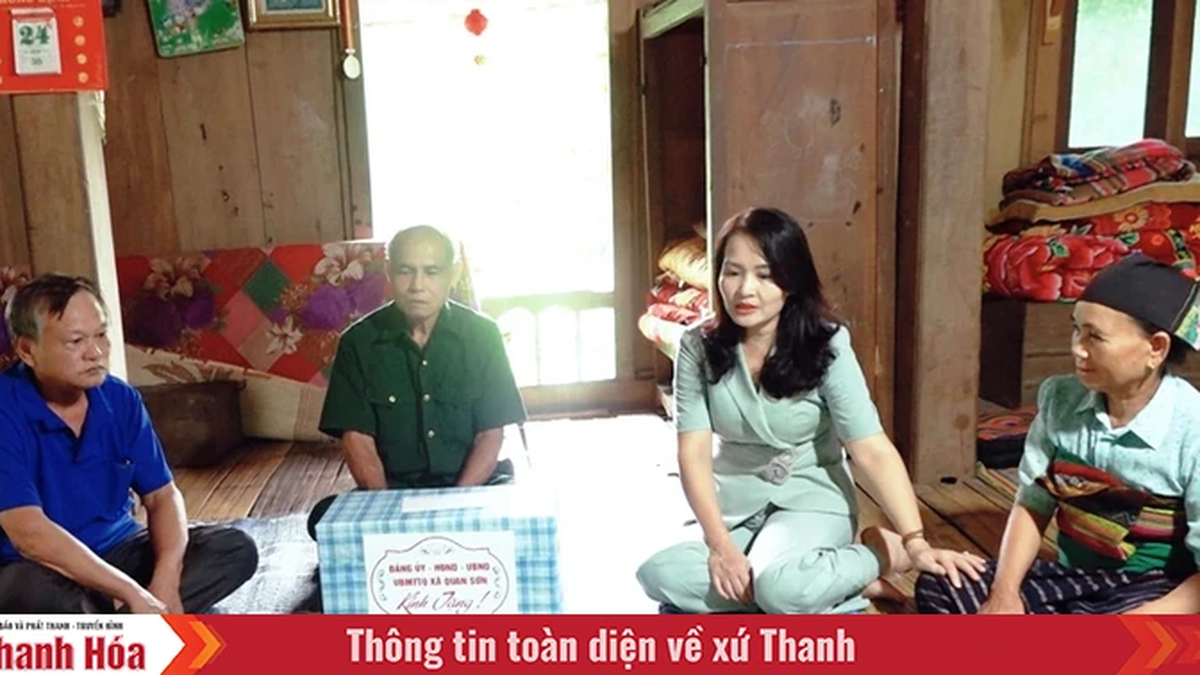




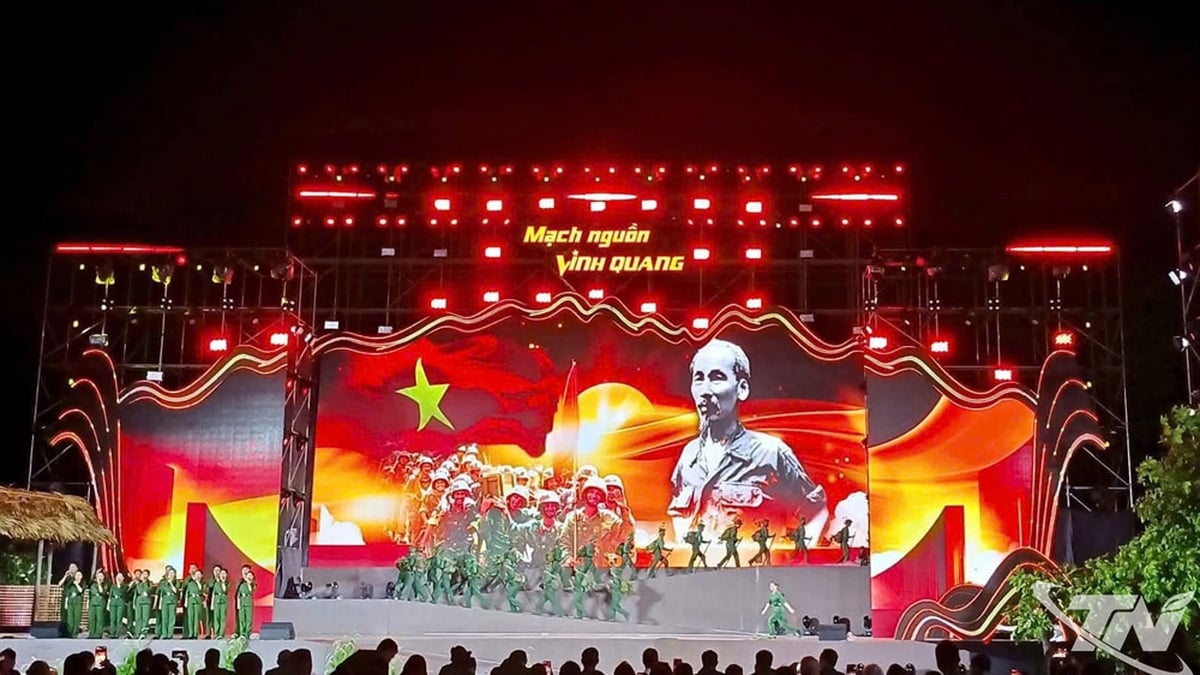























































































Comment (0)